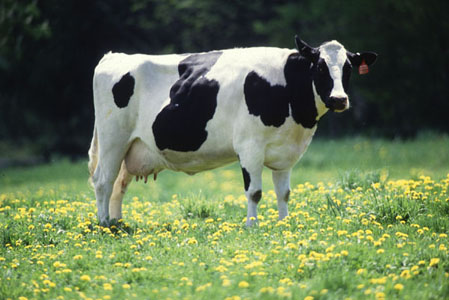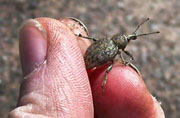
The Northern New York Agricultural Development Program has provided funding for Winter 2016 Dairy Courses organized by the Cornell Cooperative Extension associations of Northern New York, Quality Milk Production Services, and Northwest New York Dairy, Livestock and Field Crops Team.
2016 Winter Dairy Institute programs on cattle housing and handling, cow comfort, animal welfare and communicating positive messages about cattle welfare will feature dairy specialists with the Ohio State College of Veterinary Medicine and the University of Vermont Department of Animal and Veterinary Services from 10 am to 3 pm on:
. . January 12 in Burrville at Farm Credit East
. . January 13 at Extension offices in Canton in NNY and in Albion, Canandaigua and Warsaw in WNY; and
. . January 14 in Chazy at the W. H. Miner Agricultural Research Institute.
Internet broadcasting and webinar technology will make the programs possible in multiple sites.
On January 20, American Dairy Association and Dairy Council and Upstate Niagara Cooperative representatives will present information on the National Dairy F.A.R.M. Program and on communicating positive messages about dairy cattle welfare from 10 am to 3 pm in Burrville, Canton and Chazy in NNY, and in Albion, Canandaigua and Warsaw in WNY.


